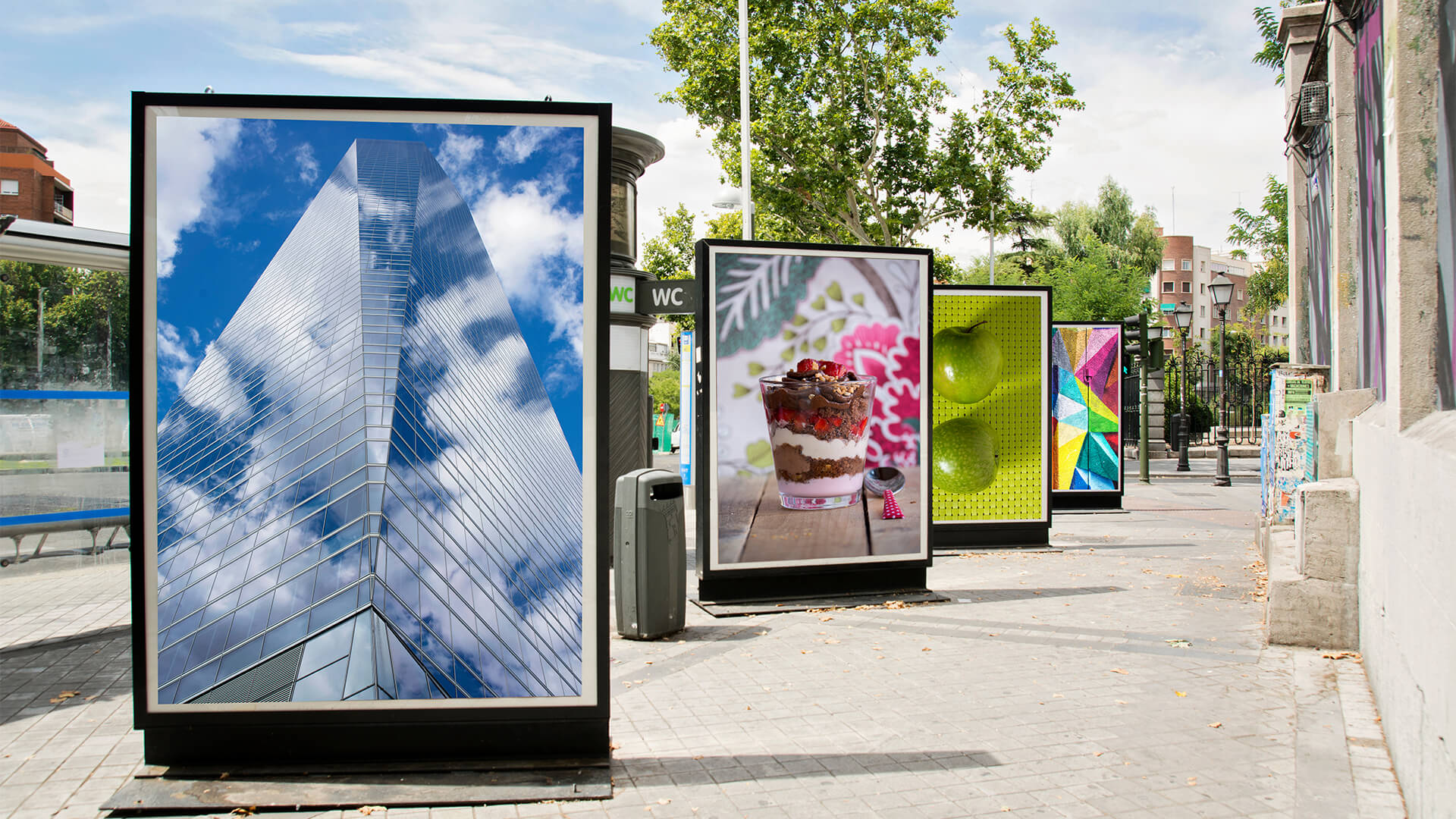Whilst it can seem like advertising on any kind of impactful scale is out of reach for many SMEs, the reality is that marketing is a vital part of any business looking to grow and succeed.
But where is your spend – and your time – best spent? And where does a small business, which may not have the expertise in-house, begin? To help answer some of those questions out-of-home (OOH) media operator 75Media has pulled together the Ultimate Guide to Advertising for SMEs, which covers everything from Google Ads and social media to outdoor advertising.
Katy Conway, marketing and communications director at 75Media, explains: “It can be very hard for SMEs to know where to begin when it comes to advertising. With most small business owners saying they spend just two hours a week on marketing, you can also see why it gets pushed down the ever-expanding to do list! Lots of different channels can play their part so we wanted to simplify things as much as possible – hence the launch of our Ultimate Guide to SME Advertising.
“OOH in particular is obviously an area very close to our heart. We recently analysed data from YouGov which showed that one in four people say they are likely to pay attention to billboards – a higher figure than either streaming or social media adverts achieved. OOH advertising is a really powerful marketing tool, yet many smaller businesses feel like it’s unachievable for them. At 75Media the majority of our clients are SMEs, but many others expect that OOH advertising would be too expensive or too complicated and they don’t know where to start.”
To help demystify OOH advertising for SMEs, 75media has collated the top tips below:
- Why use billboards?
OOH advertising is a great way to build brand awareness and you can be very targeted with your placement. Many of 75Media’s billboards have approximately 350,000 people walking or driving past them every week. Given we know on average that one in four of those is actively engaging with the advert, it’s a really strong reach figure even from one billboard.
Billboards are also non-intrusive yet engaging. Many people have become disengaged from advertising in other formats – such as TV or online, where adverts are skipped, or print, where they can be flicked past.
- The types of OOH advertising
There are classic 48 or 96 sheet billboards which are on display 24/7 enabling customers to build familiarity and trust with your brand. s. Digital billboards are another great option and offer a flexible, agile yet high impact way to reach your target audience.
- Planning is key
Think about the why, the where and the who of your strategy. Drill down into your core motivation for wanting a billboard and building brand awareness, your target locations and the demographics of the audience(s) that you intend to focus on with your messaging.
- Location, location, location
Billboards are ideal for roadside advertising, enabling brands to target busy commuter routes.
You can pick a specific billboard or we can advise as to where might work best. We work with you to select the towns and cities you’d most like to advertise in, and the roads and the locations you’d like to be seen on. Once we know this, we can work out a rotational program based on availability, and this could be across our classic or digital network, or of course, both.
- Create a concise message
Your ad’s headline or slogan must be concise, punchy and designed in a font that’s legible and easy to read at a distance. Typically, you’ll only have room for a single headline or primary messaging, even with a large billboard. What’s more, just six seconds is touted as the industry average for reading a billboard in real-time, so it’s important to be incredibly clear in the message that you’re attempting to convey. As a rule of thumb aim for seven words, in an active tense.
- The initial design
The creative should be governed by the ‘rule of three’ within which you’ll place your imagery, branding and primary messaging. The content should help to create a concise and compelling hook, which encourages customers to learn more and connect with your company. Strive to strike the delicate balance between simplicity and creativity, so that your sponsored messaging and content isn’t lost amid a blur of colours and excitement.
- Think about social media
Marketing doesn’t work in a silo. A poll by Harris Media* revealed that 91 per cent of Gen Z-ers and 82 per cent of Millennials say they would reshare OOH adverts on social media – proving that an impactful creative has the potential to go viral digitally too. Include your social media handles to make it even easier for them to engage.
- Tracking and Measuring Your Campaign
Once your billboards and ads have been erected, the next step is to measure their performance. Initially, you can use basic travel survey data to calculate OOH impressions in specific locations. Some businesses like to include a dedicated phone number or promotional code on the advert to track the ROI, others prefer viewers to leave details via an email address or unique web page on the advert.
- Cost
A billboard can be very cost effective and there are no hidden costs. Prices start from £16 a day for a digital campaign and £22 a day for a classic placements. Production and bill-posting is just £175 for a standard 48-sheet poster. The price also includes a reprint in case of damage to your poster caused by bad weather.








